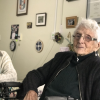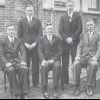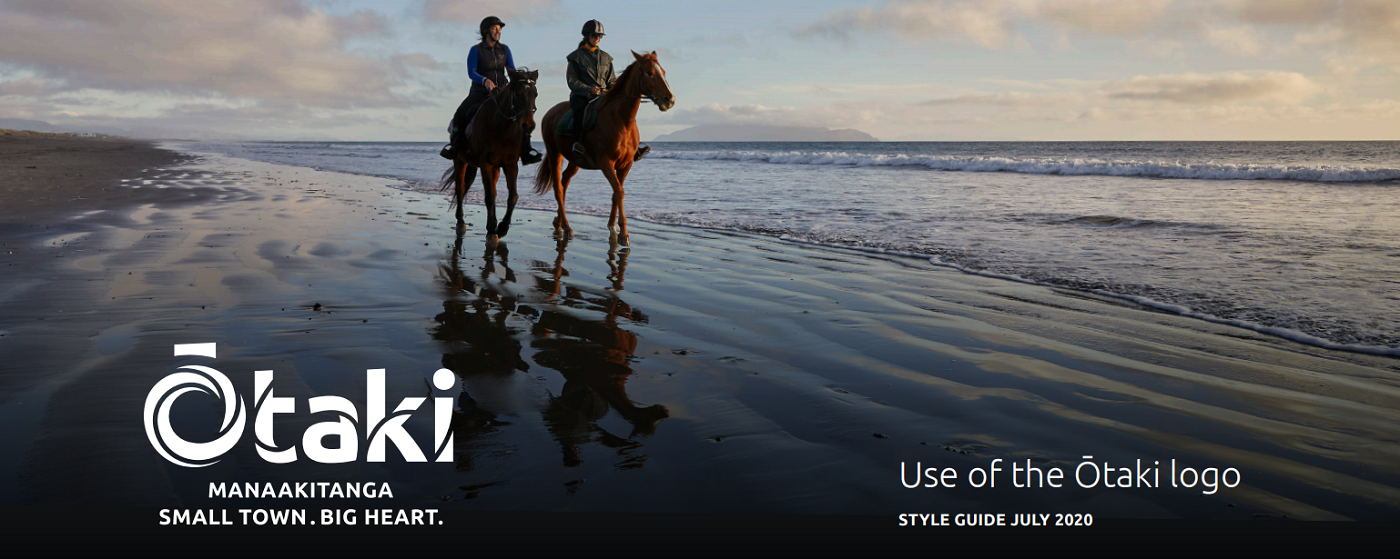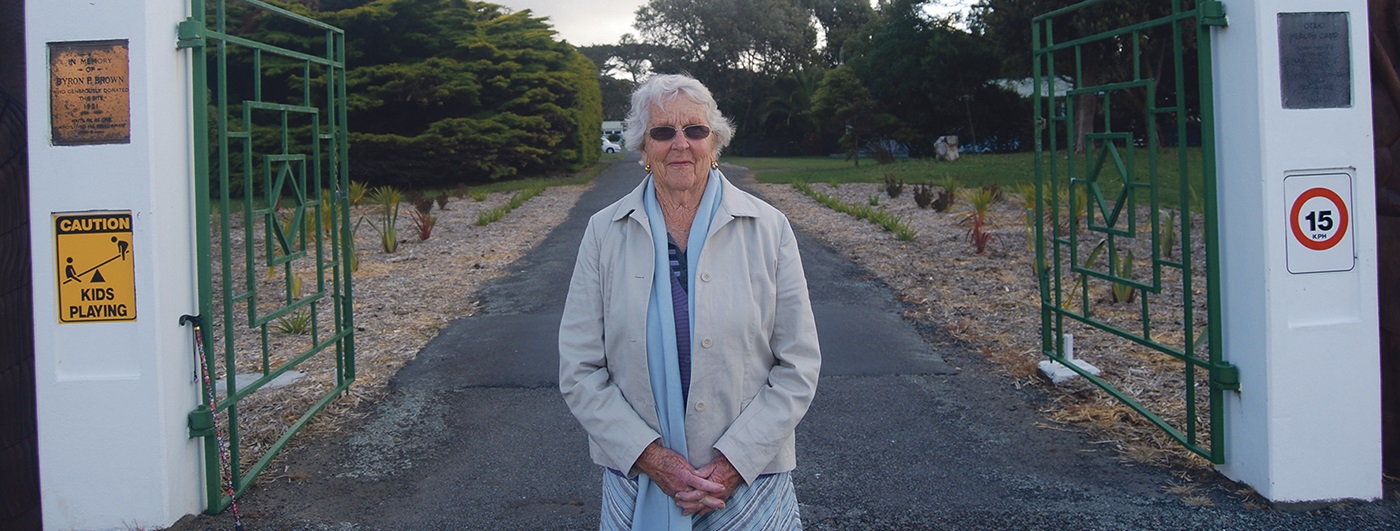
Dorothy Mae Carson 28.05.1923 – 01.08.2021
Although officially Dorothy, my Mum was always known as Mae, a nod to the month in which she was born nearly 100 years ago.
Her parents were Laurence Charles and Australian-born Dorothy (Dot) Isabel Hamlin (nee Paul). They had met in Sydney in 1918 after the First World War, in which Laurence had fought at Gallipoli and the Western Front. He was wounded at the Somme and carried shrapnel for the rest of his life.
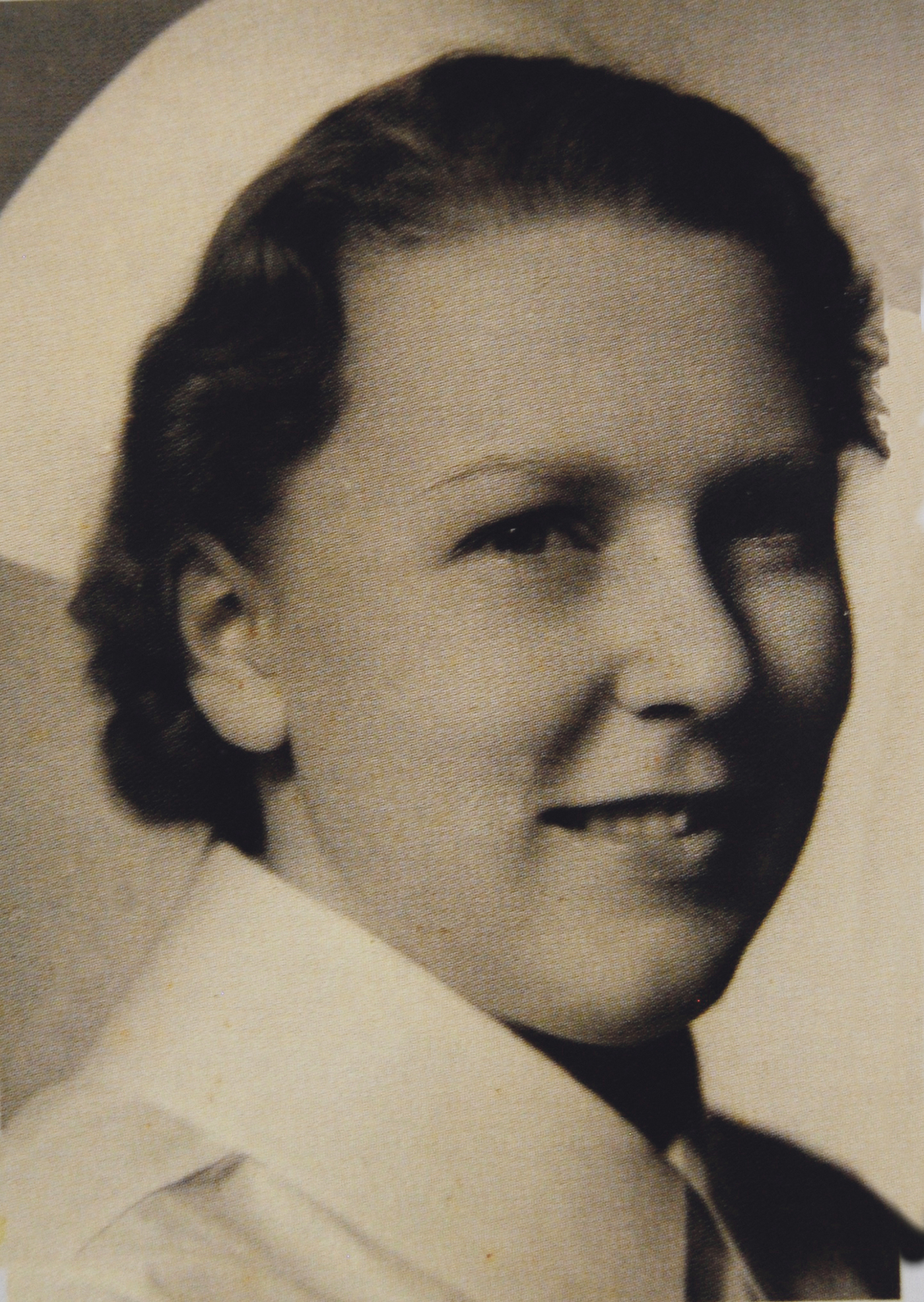
Mae when she graduated as a nurse in 1942.
Family photo
After having six children – Max, Mae, Bob, Rex, Eunice and Bruce – Dot died suddenly a few days before Christmas in 1931, when Mae was only 8. Dot had bought a doll as a Christmas present for the daughter to whom she was clearly close. Mae treasured the doll and missed her mother dearly for the next 90 years.
At the height of the Depression, with Laurence working as a tram conductor and driver, things were tough. Mae recalls getting an orange for Christmas one year, and the children could have butter or jam on their bread, but not both.
Following Dot’s death, Mae recalls whispers about the children being sent to live with other family members. However, needing someone to keep house and look after the children at their Miramar home, Laurence employed Grace Harris from Christchurch. Soon her own mother joined the family. Grace became Laurence’s second wife in 1933 and they had four children – Alison, Diana, Mary and Cliff.
As the eldest girl, much of the responsibility for looking after the second family fell to Mae. She loved school and her academic talent became evident when she later excelled in her nursing exams. However, from the age of 13, she was otherwise engaged at home with household chores.
Socialising was sparce, and when Mae did go out, usually to Bible class socials with Max, she was embarrassed about her hand-me-down clothes.
Expected also to contribute to the family finances, At 16 she got a tailoring apprenticeship in Wellington earning 17 shillings a week – 10 shillings went to the family. But she yearned to be a nurse and, with a reference from her former headmaster as she had finished school too early to get in without one, she became a student nurse at Wellington Hospital in July 1941 and moved into the nurses home.
It was two years into the Second World War, and Mae – like the rest of New Zealand – worried about Japanese invasion and the lives of brothers who had gone to war. That threat led to the transfer of many Wellington Hospital patients to the vacant children’s health camp at Ōtaki. Mae was one of the Wellington nurses who worked there, and remembered the cold and dark walk home at night to her accommodation at the Capitol motor camp, now known as Byron’s Resort.
After the war she was posted to Queen Mary Hospital in Hanmer Springs, where traumatised veterans had the opportunity to recuperate. It was there she met Bill Carson, a veteran of Royal Navy convoys, an aborted raid on Algiers and motorboat duty in West Africa. He had not long before distinguished himself as dux of John McGlashan College in Dunedin, and was attending Ōtago University when the war began.
Mae and Bill married in November 1948, living first in Stokes Valley with Bill doing an apprenticeship for a Lower Hutt market gardener, and Mum working in Hutt Hospital’s X-ray department. Their first child, Don, was born there in September 1951.
In 1952, under a government rehabilitation loan scheme to assist war veterans, they found a house with four glasshouses and land for a market garden in Ōtaki, recently built by Tom Mold. They moved with their son and meagre possessions loaded on a borrowed truck in March that year to the town where they would spend the rest of their lives.
Life was never easy in the gardens. Income depended on good crops of mostly tomatoes fetching good prices at the markets, and favourable weather. More than once, crops and glasshouses were devastated by hail storms. Nevertheless, an income could be had from the hectare at Te Manuao Road, supplemented by leased land elsewhere.
The couple had three more children in the 1950s – Fraser, Ian and Jeanette – and a latecomer in 1963, Heather. Mae thrived as a mother, but often felt the pressure of having to help in the garden while children and washing in the old copper needed attention.
In the 1970s, Mae returned to nursing at Koha Ora, the old sanitorium in Ōtaki. After completing study in psychopaedic nursing and some time at the main facility in Kimberley near Levin, she took over as head of the women’s section at Koha Ora.
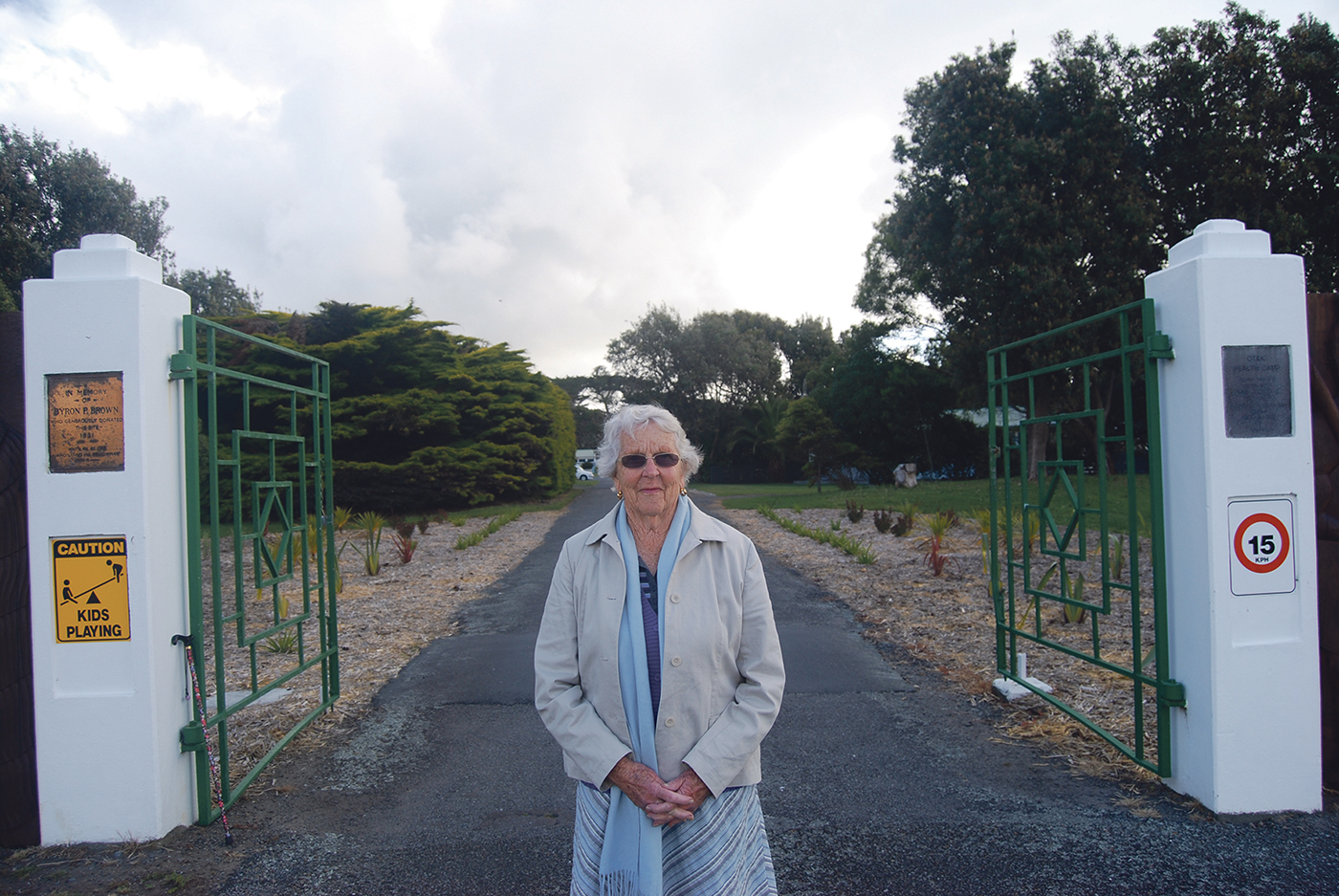
REMEMBERED: Mae Carson, at the gates of the Ōtaki Children’s Health Camp, where she nursed patients transferred from Wellington Hospital during the Second World War
Family photo
Retirement came in the early 1980s, and the couple, now without children to look after, took a trip to Britain. However, on this trip Bill became seriously ill and recovered, but not fully. In 1985 he was admitted to hospital, finally dying a week after his 66th birthday.
For the next 25 years Mae lived alone in the house, hugely enjoying her garden and loving bush walks with friends, and frequent voluntary work with Keep Ōtaki Beautiful. She treasured an award to the group from the Kāpiti council.
In 2010 Ian took over the property and Mae moved briefly to Wellington, before returning to Ōtaki to live independently until 2019 and aged nearly 96, when she moved to the Ocean View rest home at Ōtaki Beach.
She became a much-loved member of the Ocean View community – never a bother and stoically cheerful through her late-life pains.
She cherished visits from family and friends, especially if they brought grapefruit marmalade or jam, and was surrounded in her room by photos of grandchildren and great-grandchildren, and some of the skillful paintings she had created when she had taken up art in the 1990s.
Mae died peacefully as she had wished, on a sunny Sunday morning at Ocean View, aged 98. The family – and Ōtaki – lost a taonga that morning.
Louise sharp as a tack at 97
Louise Carkeek turned 97 on August 3, still sharp as a tack as she celebrated with friends and whānau at the Ocean View Rest Home. Louise moved into the rest home just after her 90th birthday, having lived independently in Ōtaki for many years. Among her well-wishers was fellow rest home resident Mae Carson, who at 96 is close in age and did her... Keep Reading
The gardener who braved the Arctic
Just after midnight on 15 May 1942, Bill Carson, my father, stood on the deck of HMS Trinidad, boots smouldering from the heat of the deck plates as fires raged below. He and hundreds of others from the Royal Navy cruiser were waiting to be rescued by escorting destroyers; the survivors knowing that hatches had to be closed on many of their... Keep Reading
LATEST POSTS
- Carl Lutz – farmer who loved the land, and Fordsons
- Arthur saw nature ‘with eyes of admiration’
- Ōtaki abuzz with film festival - Ōtaki Today
- Hall helps to connect and build community
- Plenty of help organisations in times of need
- Di’s QSM for services to community and environment
- Rewi’s story one of adversity in old Ōtaki
- Urban designer poses critical question - What’s the plan for Ōtaki?
- New road evokes memories of apples and steam trains
- A slick and shiny surface signals a ready expressway – almost
- Black ferns 10, NZ Rugby 0 – no contest!
- Let’s think outside the box to solve town’s problems
- A full life for proud dad Sam Doyle
- Helping navigate the crossroads of people’s lives
- Ōtaki could be even greater, if by design
- Sad day for Ōtaki
- White tui takes over in Te Horo tree
- Trust is the price we pay to stop our people dying
- After 98 years, we lose a taonga
- Farewell for firefighter Richard

